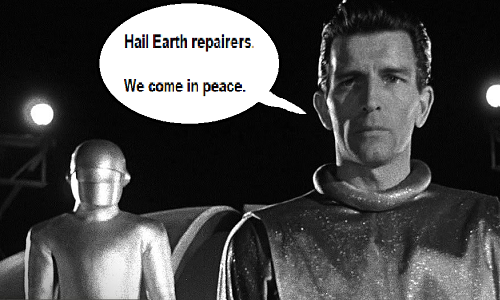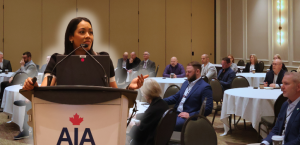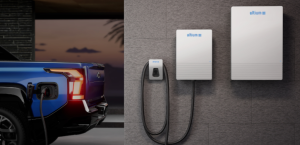Toronto, Ontario — May 10, 2019 — In discussions about the frequency with which intelligent life develops in the universe, science fiction enthusiast love to talk about something called the Fermi Paradox.
The galaxy has billions of stars, many older than the sun. Each star is likely to have multiple planets—and Earth-size planets are likely common. If life on an Earth-like planet is typical, some almost certainly have already developed intelligent life. If humans achievements are typical, some of these civilizations from older stars would have almost certainly developed interstellar travel millions of years ago. Even at a rate of expansion, we humans could perform today, the Milky Way galaxy would be explored in a few million years. Yet, we don’t have any verifiable examples of extraterrestrial explorers. Why not?
The point of the paradox is that we can’t possibly come up with a meaningful answer without a second example of life springing up. Until we do, we can only rely on guesswork. For reference, my guess is that the spacemen have much better things to do than waste time exploring distant worlds.
Why am I bringing up the Fermi Paradox? Because of last week’s survey.
When our team issued a survey to the collision community about Ford’s new approach to shop referrals, I was more than a little surprised by the response. For one thing, it quickly surpassed previous participation levels. For another, there were a lot of long, thoughtful responses to the issue.
For those who have not been following the story, perhaps I should start with a brief summary. Ford has announced that going forward, American drivers of late-model vehicles will receive shop referrals directly to their phone the moment the OEM receives a signal the vehicle has been in an accident.
While there was disagreement in the responses the community provided, almost all of them accepted the idea that this could be earthshaking. It was also generally assumed that the technology was certain to be adopted by the other OEMs, and likely to arrive in Canada very soon.
Looking more broadly, however, I noted four general categories that were taken by readers in their responses. The first—and largest group—shared the opinion that this new service was to be celebrated. In a world where OEMs are making the first referral, the ability to properly follow OEM repair procedures would be held above pricing concerns—a benefit to drivers, auto repairers and the jaywalkers who trust stranger’s brakes with their lives.
The second category was also pleased as punch by the move—but for somewhat different reasons. In this group, the benefit came from the fact that OEMs would offer a tabula rasa to the industry. Those facilities that have found themselves outside of DRPs could re-establish themselves on the basis of their high-quality repairs with OEMs.
The third category was broadly set against the policy, suggesting that, for all the disagreements collision repairers had with insurance companies, it was insurance companies who were paying for repairs. While DRPs may have their downsides, the industry would ultimately benefit from stability, and a system known to work.
The final category was one of detached skepticism. In this group, commenters suggested that the news sounded a bit like coconut cream pie—delightful in the abstract, but, in reality, something that might cause widespread organ failures—or industry implosion.
In making this case, repairers pointed to the fact something else would have to seriously change in the market for repairers to see the potential benefits. Insurance rates are charged based on the assumed cost of repairs in a market where DRPs are performing a disproportionate number of repairs. Should repairs suddenly become more expensive, their rates will rise—and the knock-on effect of higher rates could be fewer drivers—and fewer collisions.
While I’d initially seen the issue through the same lens as the majority of repairers, skeptics who argued for the fourth group have left me teetering between the two positions. In fact, it is their answer that has brought the Fermi Paradox to mind.
As with spacemen, I suspect that having an informed opinion of the knock-on effects of OEM referrals is difficult without an example to infer anything from.
While that may sound like a coward’s answer, I view it more as a call to keep close tabs on Ford’s referral policy. It is, after all, our first contact with this alien approach.





































